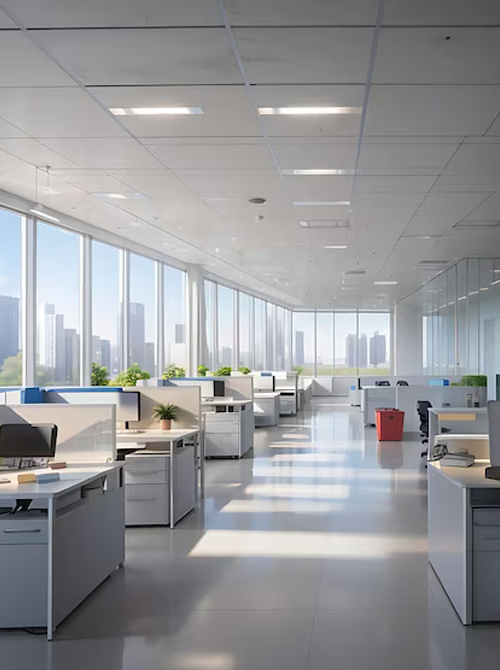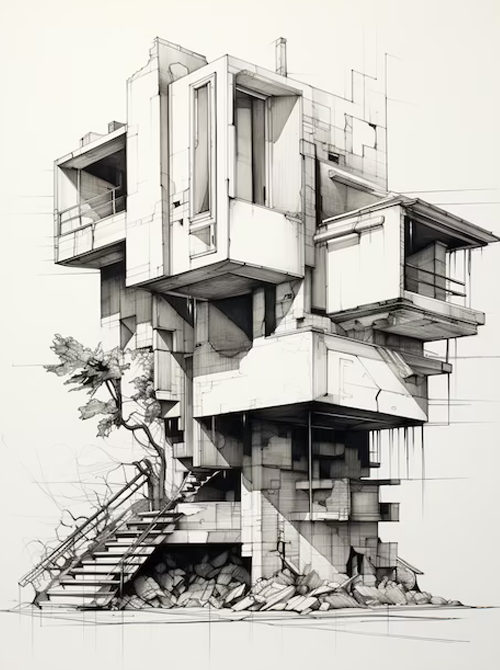
Other Services
Interior & Exterior
RESIDENTIAL
Interior and exterior design are two distinct but interconnected aspects of creating a cohesive and aesthetically pleasing living or working environment. Here's an overview of both:
Focus: Interior design focuses on creating functional, comfortable, and visually appealing spaces within the confines of a building's interior. It encompasses everything inside the walls of a structure.
Elements: Interior design includes elements such as layout, furniture, color schemes, lighting, flooring, wall coverings, and accessories.
Purpose: The primary purpose of interior design is to optimize the use of interior spaces, ensuring they meet the needs and preferences of the occupants. It also aims to create a harmonious and comfortable atmosphere.
Styles: Interior design styles can vary widely, including traditional, modern, contemporary, eclectic, and more. The choice of style depends on the client's tastes and the intended function of the space.
Professional: Interior designers are typically responsible for planning and executing interior design projects. They have expertise in space planning, color theory, and material selection.


Interior & Exterior
COMMERCIAL
Brand Identity: Commercial interior design often incorporates elements that reflect the brand identity and values of the business. This includes the use of branding colors, logos, and other brand-specific design elements.
Customer Experience: In retail, hospitality, and service industries, customer experience is crucial. Commercial interior designers aim to create environments that enhance the customer experience, encourage repeat business, and promote brand loyalty.
Efficiency: In corporate offices and workspaces, efficiency and productivity are key considerations. The layout and design should promote efficient workflow, collaboration, and employee well-being.
Compliance: Commercial spaces must comply with building codes, accessibility regulations, and safety standards. Designers need to ensure that the design meets these requirements.
Space Planning: Space planning is a critical aspect of commercial interior design. It involves optimizing the use of space to accommodate the business's needs, whether it's maximizing retail display space, creating functional workstations, or ensuring comfortable seating arrangements in a restaurant.
ARCHITECTURAL SERVICES
Site Analysis and Feasibility Studies: Architects assess potential building sites to determine their suitability for the intended purpose. Feasibility studies help clients understand the viability and potential challenges of a project.
Conceptual Design: Architects work closely with clients to develop initial design concepts and ideas. This stage involves creating sketches, diagrams, and renderings to illustrate the overall vision for the project.
Schematic Design: In this phase, architects further refine the design concept, taking into account site constraints, functional requirements, and client feedback. Initial floor plans, elevations, and rough cost estimates are developed.
Design Development: Architects work on the detailed design of the project, including floor plans, building elevations, structural systems, mechanical and electrical systems, and other technical aspects. Materials and finishes are also selected during this phase.
Construction Documents: Architects produce a comprehensive set of construction documents that serve as the blueprint for the project. These documents include detailed plans, specifications, and drawings that contractors will use for bidding and construction.


STRUCTURE DESIGN
Structural Analysis: Structural engineers begin by conducting a thorough analysis of the project requirements, including the type of structure, its intended use, location, and anticipated loads. This analysis helps determine the structural system that will be most suitable.
Load Analysis: Engineers assess the expected loads on the structure, which can include dead loads (the weight of the structure itself), live loads (occupant loads and movable equipment), wind loads, snow loads, seismic loads, and more. These loads must be calculated accurately to design a safe structure.
Material Selection: Structural engineers select appropriate building materials based on the project's requirements and budget. Common materials include steel, concrete, wood, and masonry. The choice of materials influences the structural design.
Structural System Design: Engineers design the structural system that will provide stability and support for the building or structure. This includes determining the placement and sizing of beams, columns, walls, and other load-bearing elements.
Foundation Design: The foundation is a critical component of any structure, as it transfers the building's loads to the ground. Engineers design foundations to distribute loads evenly and prevent settlement or instability.
TURNKEY PROJECT
Comprehensive Service: In a turnkey project, the client contracts with a single entity, often referred to as the turnkey contractor or provider, to handle all aspects of the project, from initial design and planning to construction, equipment installation, testing, and commissioning.
Customization: Turnkey projects can be customized to meet the specific needs and requirements of the client. The provider works closely with the client to understand their objectives and tailor the project accordingly.
Single-Point Responsibility: Clients benefit from having a single point of contact throughout the project. This simplifies communication, decision-making, and project management, as the client deals directly with the turnkey provider
Fixed-Price Contract: Turnkey contracts often involve a fixed-price agreement. This means that the client agrees to pay a predetermined price for the entire project, helping with budget predictability.
Timeframe: Turnkey contracts typically include a defined timeline or completion date. The turnkey provider is responsible for meeting project milestones and delivering the final product within the agreed-upon timeframe.

